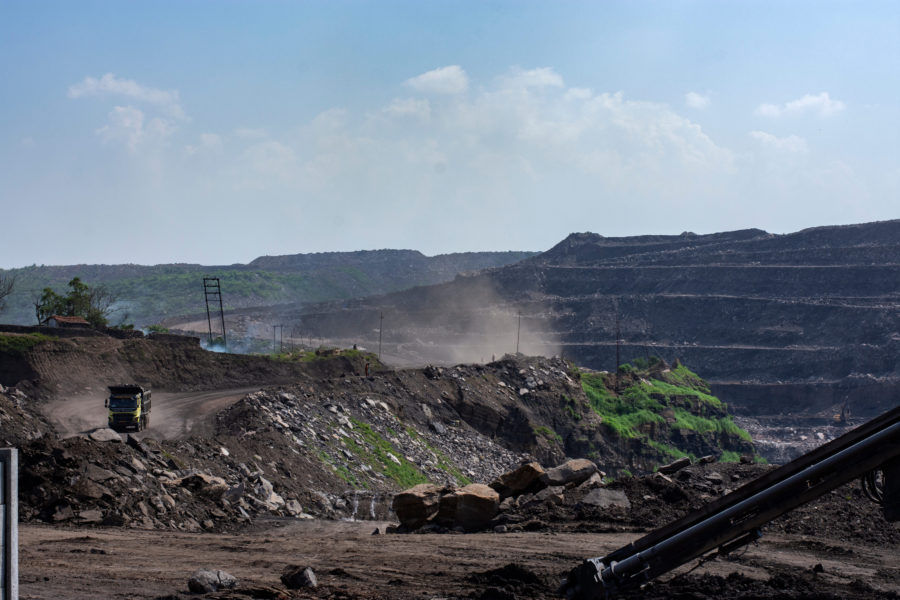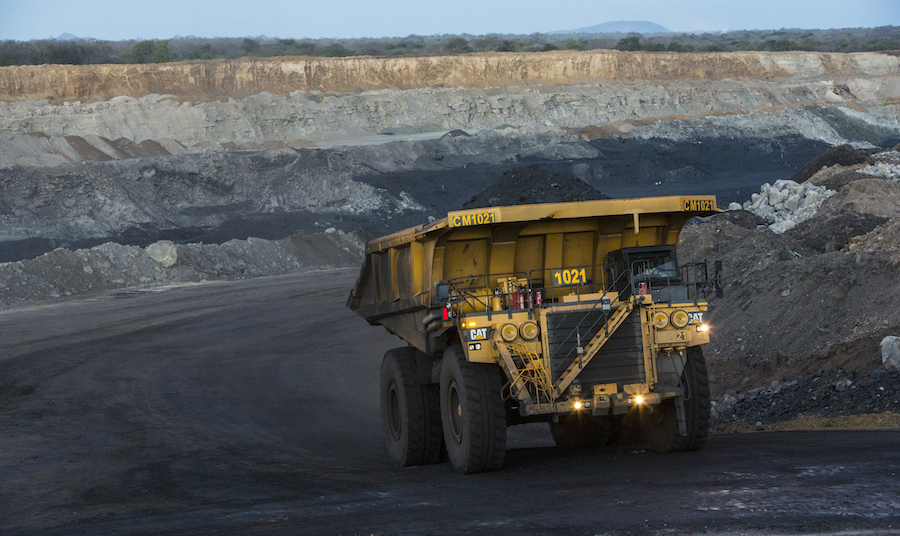Rio Tinto’s Winu copper project just got bigger

Rio Tinto (ASX, LON, NYSE: RIO) said on Tuesday it had made a “promising” discovery 2 km (1.2 miles) east of its Winu copper-gold project in Western Australia, which is on track to begin production in 2023.
The world’s no. 2 miner also revealed a maiden resource for the deposit, which has an inferred mineral resource of 503 million tonnes of ore grading at 0.45% copper equivalent. It includes a higher-grade component of 188 million tonnes of ore with a 0.68% copper grade.
Rio said that study work to date supports the development of a relatively shallow open-pit copper mine.
The discovery of a new zone of gold dominant mineralization by Winu, called Ngapakarra, as well as a number of other drill results in close proximity to the deposit, has boosted Rio’s vision to develop multiple ore bodies within one system.
Rio believes there is potential for more discoveries within the Winu deposit, as it has only explored 2% of its tenements in the region so far
Rio Tinto believes that there is potential for more discoveries within the deposit, as it has only explored 2% of its tenements in the region so far.
“We’re taking a more agile and innovative approach at Winu,” Rio Tinto group executive of growth and innovation and health, safety and environment (HSE) Stephen McIntosh said in a statement.
“We are working on the studies for a small-scale start-up operation focussed on Winu’s higher-grade core as we take another step towards commercializing this deposit.”
“We are also assessing options for future expansion in the Paterson region given the extent of mineralization identified to date and our large land package.”
BMO Capital Markets’ mining analyst, Edward Sterck, tonned down the report, saying that Winu remained a relatively modest deposit in terms of Rio’s appetite for scalability.
“However, it has the potential for development of multiple deposits/ore bodies (albeit small scale) within the company’s wider exploration tenements adjacent to Winu,” Sterck said in a note to investors.
The Winu copper-gold-silver discovery is about 130 km (80 miles) from Newcrest’s Telfer copper-gold mine in the Paterson Province, East Pilbara.
It’s also close to numerous copper prospects discovered recently by juniors, and 350 km (220 miles) southeast of Port Hedland, the world’s largest bulk export port.
Copper woes
Rio Tinto has been investing heavily in copper over the past two years driven by forecasts of output deficit. Copper supply fears were first triggered by expectations of significantly higher demand to build bigger power grids and electric vehicles (EVs) in the face of no new discoveries and insufficient planned output.
Supply disruptions due to coronavirus-related measures have increased copper worries. A spike in cases in top producer Chile, solid demand in top consumer China and dwindling stockpiles kept prices for the metal near five-month highs in June. The recent bonanza, however, is about to end, according to some experts.
Rio Tinto has been investing heavily in copper in the past two years driven by forecasts of supply deficit
Analysts at Saxo Bank say that widespread beliefs on the global economy returning to normal within the next few quarters are likely “to turn out to be wrong.”
“Copper’s recent recovery to pre-pandemic levels will challenge the metal’s ability to reach higher ground in the third quarter,” Ole Hansen, head of commodity strategy at the trading firm, said in an early-July note.
“The risk of a [coronavirus] second wave — particularly in the US and China, the world’s two biggest consumers — may force a rethink and we see no further upside during the coming quarter,” Hansen noted.
Citi analysts, instead, believe copper will likely hold on to recent gains going into the third quarter.
“The copper rally over the past month from $5,700 a tonne to over $6,000 a tonne has occurred against a backdrop of flat to falling equity prices and bond yields, leaving copper looking overvalued by $220 to $420 per ton based on these historical relationships,” analysts from the bank said in a late-June note.
Now read: Forget the gold price, copper was most profitable covid-19 trade
More News
{{ commodity.name }}
{{ post.title }}
{{ post.date }}



Comments